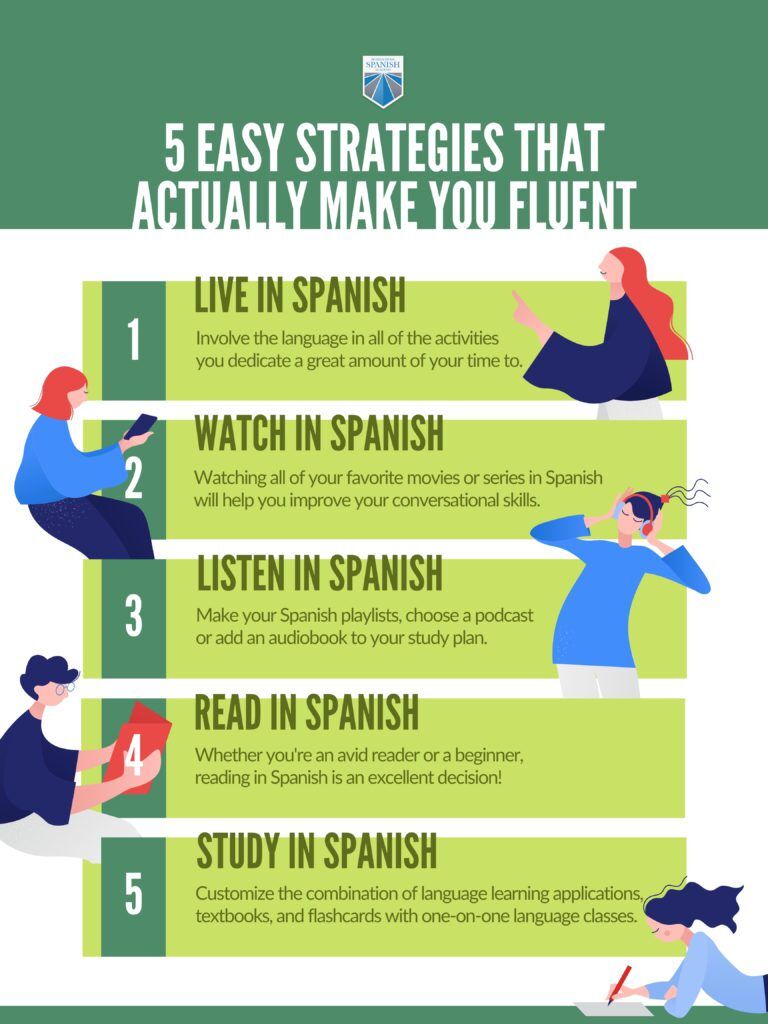
How Long Does it Take to Learn Fluent Spanish?
As a language enthusiast who has dedicated years to studying and mastering different tongues, I can confidently attest to the captivating journey that awaits those embarking on the path to Spanish fluency. My fascination with this vibrant language began during a memorable trip to Barcelona, where the melodic rhythm of Spanish captivated my senses.
Immersed in the bustling streets, I found myself captivated by the locals’ effortless conversations, their words flowing seamlessly like a river. Inspired by this experience, I resolved to unravel the intricacies of Spanish, embarking on a quest for fluency that has been both rewarding and challenging.
Factors Influencing the Pace of Spanish Fluency
The time required to attain Spanish fluency varies greatly depending on several key factors that shape the learning process:
- Prior Language Knowledge: Individuals with a background in another Romance language, such as French or Italian, may possess a significant advantage due to the shared grammatical structures and vocabulary.
- Immersion Level: Regular exposure to Spanish through movies, music, books, and conversations accelerates the learning process by providing ample opportunities for practice and absorption.
- Study Intensity and Consistency: The frequency and duration of study sessions play a crucial role in progress. Dedicate at least an hour daily to learning new vocabulary, practicing grammar, and engaging in conversation.
- Personal Aptitude and Motivation: Natural language aptitude and a genuine passion for Spanish can significantly enhance progress and make the learning journey more enjoyable.
A Comprehensive Overview of Spanish Fluency
Spanish fluency encompasses several key elements that contribute to overall proficiency:
- Comprehension: The ability to effortlessly understand the written and spoken word, grasp the nuances of communication, and derive meaning from complex texts.
- Speaking: Fluency in speech involves the ability to express oneself confidently and articulately, engaging in natural and spontaneous conversations with native speakers.
- Reading: Reading comprehension entails the skill of deciphering written text, grasping its content, and interpreting its underlying messages.
- Writing: The ability to effectively convey thoughts and ideas in written form, utilizing correct grammar, syntax, and vocabulary.
Tips and Expert Advice for Achieving Fluency
Drawing from my experiences and the insights of seasoned language educators, I offer valuable tips to accelerate your journey towards Spanish fluency:
- Immerse Yourself in the Language: Surround yourself with Spanish in all its forms – watch movies, listen to music, read books and magazines, and make every opportunity a chance to practice.
- Engage in Regular Conversation: Seek out opportunities to engage in real-time conversations with native speakers. Join language exchange groups, attend meet-ups, or find a language partner to practice your speaking skills.
- Focus on Correct Pronunciation: Mastering proper pronunciation is essential for clear and effective communication. Pay attention to the nuances of Spanish phonetics and practice speaking aloud regularly.
- Utilize Learning Resources: Take advantage of the wealth of online learning resources, such as language learning apps, podcasts, and video lessons, to supplement your studies.
- Seek Feedback from Native Speakers: Engage with native Spanish speakers to gain insights into your progress, receive feedback on your pronunciation and grammar, and learn about cultural nuances.
Frequently Asked Questions
1. How long does it take to learn Spanish fluently?
The time frame varies greatly, but with consistent study and immersion, intermediate fluency can be achieved within 1-2 years. Advanced fluency may require several more years of dedicated practice and exposure.
2. Is it possible to learn Spanish on my own?
Yes, it is possible but may be more challenging. Structured lessons, group classes, or online courses can provide guidance and support, but self-directed learning requires discipline and a well-defined plan.
3. What are the best ways to stay motivated?
Set realistic goals, celebrate progress, and engage in activities that make learning enjoyable, such as watching Spanish films or reading Spanish literature.
Conclusion
Embarking on the path to Spanish fluency is an enriching endeavor that requires dedication, consistency, and a genuine passion for the language. By following these expert tips, immersing yourself in the language, and seeking feedback from native speakers, you can accelerate your progress.
Are you ready to unlock the captivating world of Spanish fluency? The journey awaits, and the rewards are boundless.
![Best Way to Learn Spanish? [Hint: It's the System]](https://letsspeakspanish.com/wp-content/uploads/2020/02/Untitled-design-48-e1673348017821-1024x535.png)
Image: letsspeakspanish.com

Image: m.youtube.com
What to Know Before Learning Spanish in Spain | Go Overseas Feb 15, 2024B1 Level (Intermediate): 300-360 hours. B2 Level (Upper-Intermediate): 540-620 hours. According to the CEFR, conversational fluency emerges at the B2 level after dedicating 540-620 hours of intentional practice. This milestone is achievable in 12-24 months through consistent habits.